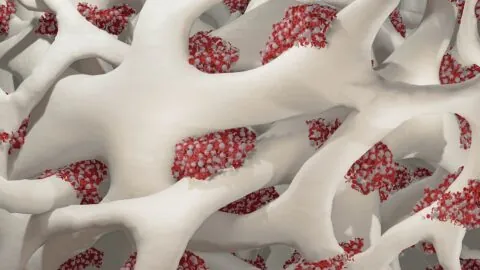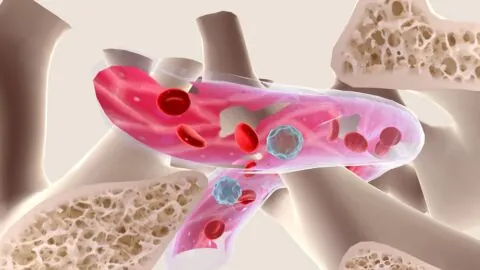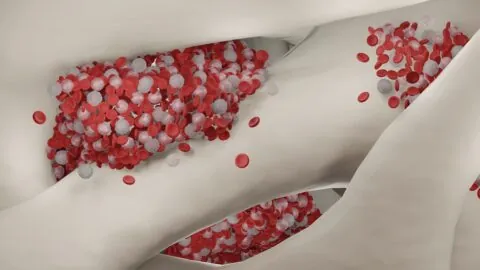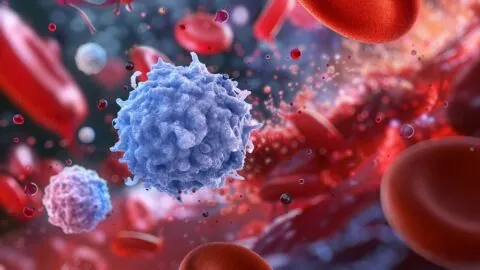November 25, 2025
In a recent study, scientists have demonstrated that lysosomal dysfunction actively decreases the potency of hematopoietic stem cells. Calming lysosomes reversed this process, opening avenues for new treatments [1]. Few and far between Hematopoietic stem cells (HSCs) are rare and precious: they produce blood progenitor cells, which, in turn, produce all differentiated blood cells. With...
September 25, 2025
In Aging Cell, researchers have described a method by which platelet-forming cells are rapidly generated from hematopoietic stem cells (HSCs), bypassing the intermediate cell types that are normally used to get there. Canonical and non-canonical formation It is well known that blood clots, which form when platelets bind together, are a serious problem in older...
July 15, 2025
Scientists have developed a protocol for hematopoietic stem cell transplantation that reconstructs a healthy blood system and prevents blood cancers in old mice while also reducing toxicity [1]. The blood factory Hematopoietic stem cells (HSCs) work hard for our entire lives, producing vast numbers of various blood cells. As we age, this process, like many...
May 27, 2025
Scientists have created a new, highly effective method of tracing blood cells’ lineage. This can improve our understanding of clonal hematopoiesis and its impact on an aging organism [1]. Hostile takeover In the human body, a relatively small pool of hematopoietic stem cells (HSCs) sustains a system that produces 100-200 billion mature blood cells each...
February 06, 2025
A team of scientists has discovered that some hematopoietic stem cells (HSCs) lose their ability to differentiate into useful somatic cells and that removing those bad HSCs is beneficial. Blood creation diminishes with age Hematopoiesis refers to the production of blood cells, both white and red. HSCs, which create these blood cells, are known to...
March 29, 2024
A new study suggests that depleting a subset of stem cells that overproduces myeloid cells can rescue age-related immunosenescence [1]. Thrown off balance Immunosenescence, the gradual decline in the immune system’s abilities, is one of the hallmarks of aging [2]. Moreover, many scientists view it as one of the most consequential processes of aging, as...






